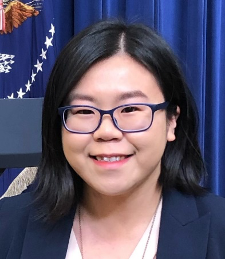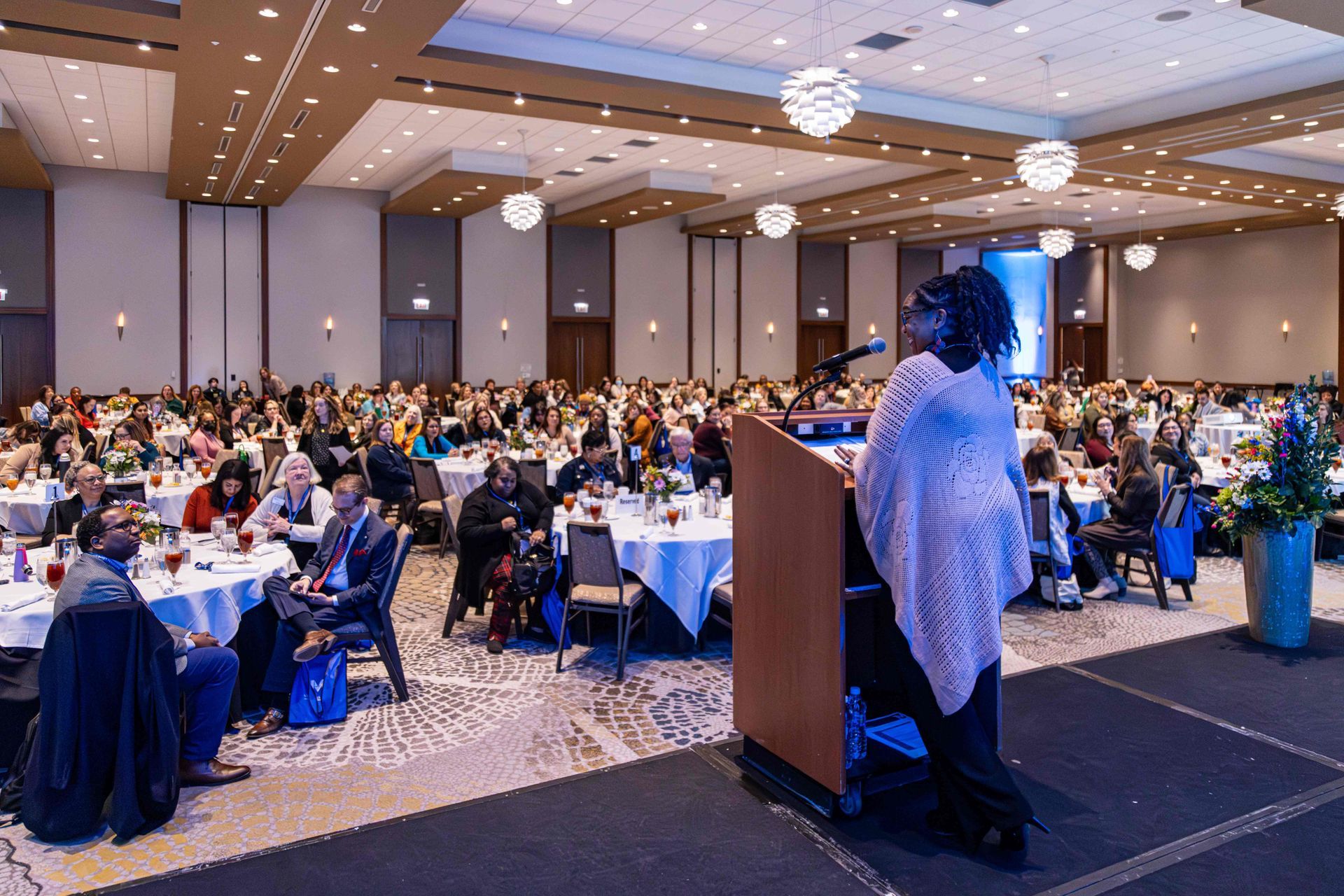BY Sonja Crum Knight | March 22, 2016

Sim Loh is a family partnership coordinator at Children’s Village, a nationally-accredited Keystone 4 STARS early learning and school-age enrichment program in Philadelphia, Pennsylvania, serving about 350 children. She supports children and families, including non-English speaking families of immigrant status, by ensuring equitable access to education, health, employment, and legal information and resources on a day-to-day basis. She is a member of the Children First Racial Equity Early Childhood Education Provider Council, a community member representative of Philadelphia School District Multilingual Advisory Council, and a board member of Historic Philadelphia.
Sim explains, “I ensure families know their rights and educate them on ways to speak up for themselves and request for interpretation/translation services. I share families’ stories and experiences with legislators and decision-makers so that their needs are understood. Attending Leadership Connections will help me strengthen and grow my skills in all domains by interacting with and hearing from experienced leaders in different positions. With newly acquired skills, I seek to learn about the systems level while paying close attention to the accessibility and barriers of different systems and resources and their impacts on young children and their families.”
This document may be printed, photocopied, and disseminated freely with attribution. All content is the property of the McCormick Center for Early Childhood Leadership.
Hello McCormick Center Friends,
I am Sonja Crum Knight, fellow traveler on the Whole Leadership journey. Last week our Director of Training, Safiyah Jackson, continued the Whole Leadership dialogue by offering a thought provoking exploration of leadership essentials.
Here’s the definition of leadership essentials offered:
“Leadership essentials are foundational competencies necessary for leading people that are expressed in personal leadership styles and dispositions. These essential competencies include awareness of self, others, and the profession; communication and team-building skills; cultural competence; and ethical conduct. Essential leadership qualities include courage, empathy, vision, inspiration, authenticity, and passion. Leadership essentials are often developed through reflective practice. These qualities are embedded in everything the leader does and are necessary for both administrative and pedagogical leadership.”
After reading Safiyah’s post I began to wonder, do we intuit reflective practice, or is it something we must consciously learn to do? What resources are available to develop the competencies of leadership essentials?
Seeking answers, I have been newly inspired by the writings of the McCormick Center’s founder, Paula Jorde Bloom:
- From the Inside Out: The Power of Reflection and Self-Awareness,takes readers on a journey of self-discovery to build better relationships. In revisiting this book, I was re-affirmed in the abiding knowledge that leadership starts within. To connect with our authentic selves we must commit to internal processes of self-checking: Why am I doing this? What do I hope to achieve? What are my motivations? What is my impact on others? Self-awareness, it seems, is foundational to reflective practice.
- Leadership in Action: How Effective Directors Get Things Done, offers practical leadership knowledge and guidance for anyone working in the profession of early care and education. Understanding leadership in context seems critical in developing our capacity for leadership essentials. In re-visiting this book I was reminded that leadership is not merely the domain of those with lofty titles. We must all develop the courage to step up and speak out to do the good work our profession inspires.
I also thought about our work here at the McCormick Center and wondered, how do we support the core ideals of leadership essentials?
I soon realized that much of our work is undergirded by the quest for increasing the competencies reflected in our definition of leadership essentials. A deeply rewarding aspect of my work at the McCormick Center is the time and resources we dedicate to understanding our unique capacities and abilities in relation to our co-workers. Completing the Myers-Briggs Type Indicator (MBTI) instrument and StrengthsFinder assessment were required tasks upon joining the McCormick Center team.
- Based upon the personality theory of C.G. Jung, the MBTI offers insights into the differences in the ways individuals prefer to interact with others, take in information, make decisions, and structure their lives. Understanding my type in relation to that of my co-workers has helped me become more thoughtful in my interactions.
- The Now, Discover Your Strengths book is required reading here at the McCormick Center. We use this valuable resource to access the StrengthFinder assessment. Completing this assessment reinforced the value of understanding my strengths in relation to co-workers. I have learned that strengths can work both for and against me; understanding my individual propensities has helped me modify my approach and become more appreciative of diverse work styles.
As I continue to reflect on the concept of whole leadership and the premise that leadership essentials are foundational to the development of administrative and pedagogical leadership, I wonder what other tools and resources might we harness for the development of leadership essentials?
Sonja Crum Knight is a Quality Assessment Coordinator for the McCormick Center for Early Childhood Leadership at National Louis University. Prior to joining the Center, Sonja worked as a family child care provider and a marketing executive in the cable television industry. She received her master’s degree in early childhood administration from National Louis University and a post graduate certification in online instruction from Roosevelt University. Sonja is currently pursuing a doctorate in education at Capella University.





